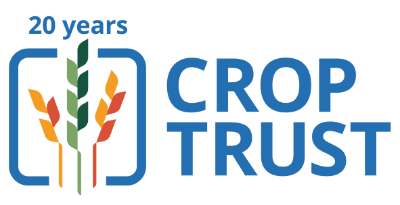
Using Agricultural Innovation To Protect Biodiversity



Agriculture is one of the biggest contributors to biodiversity loss worldwide
It causes forest and habitat depletion, land degradation, air and water pollution and climate change. Biodiversity loss negatively impacts agriculture as well, reducing the capacity of ecosystems to provide essential services such as carbon storage and water retention necessary for food production. With the two intertwined, innovation in food and agriculture can help protect and restore biodiversity and ecosystem functions.
Tools designed for sustainable food production can help combat biodiversity loss. The use of regenerative agriculture or agroforestry and sustainable farming can enhance soil health, increase crop diversification and land cover, while also reducing emissions and environmental pollution. Genebanks containing millions of seeds and plant material could be used to promote diverse diets as well as to maintain and restore biodiversity and ecosystem services. Enhancing yields by improving crop quality and resilience is likely to open up more space for natural habitats and enhance biodiversity and ecosystem gains.
This briefing, hosted by the Financial Times in partnership with CGIAR and Crop Trust, was held during COP 16 Biodiversity in the CGIAR Genebank, Cali, Colombia. Over the course of the morning, our speakers discussed how sustainable food production can be leveraged to tackle biodiversity loss, climate change, and land degradation including desertification. They also looked into how tools designed for food research and food security such as genebanks can help to restore and sustainably use biodiversity.
DIGITAL ON-DEMAND PASS
Watch on demand and connect with your peers through our online community.
Key Discussion Points
Biodiversity Loss
What are some examples of how biodiversity loss can impact food security?
Using Genebanks
How can we make better use of the biodiversity in genebanks to feed people more sustainably?
Global Food Crisis
What are the biggest challenges in protecting biodiversity while tackling the global food crisis?
We’re Here To Help
© Financial Times Live
FT Live and its journalism are subject to a self-regulation regime under the FT Editorial Code of Practice